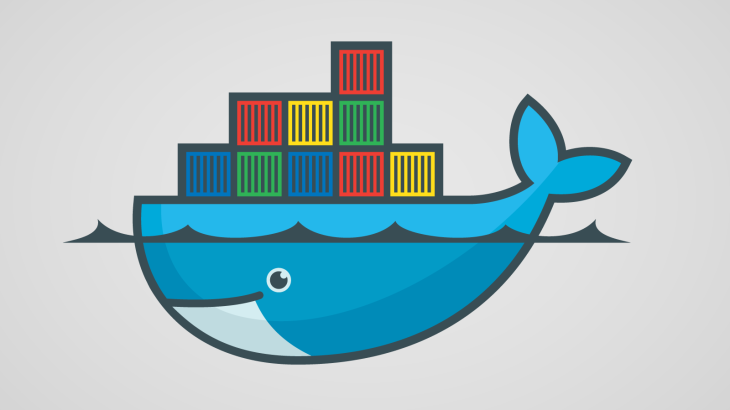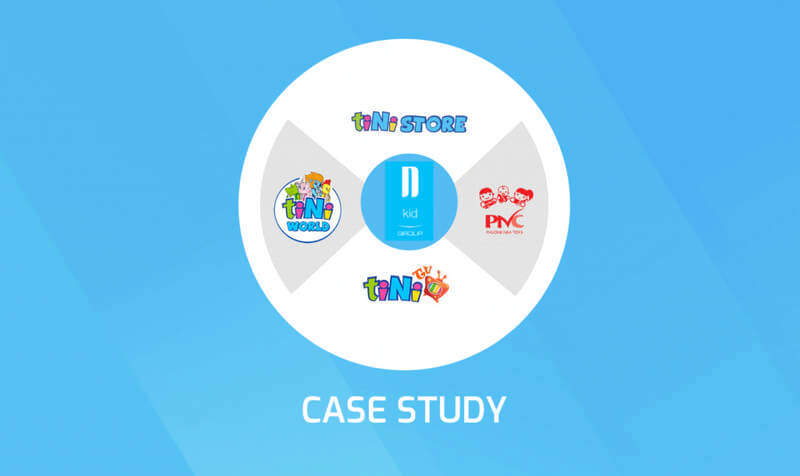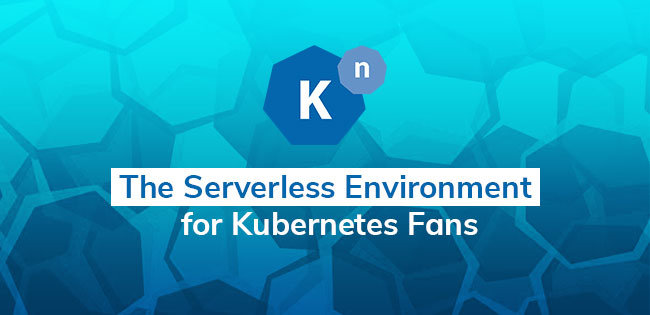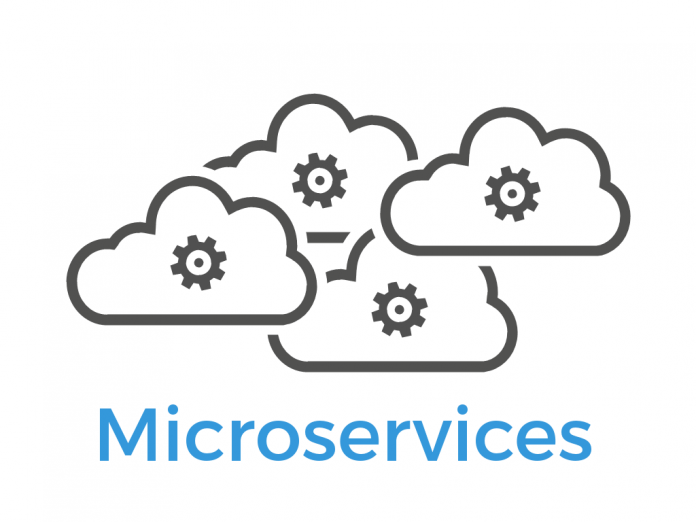Google announced today that Gmail Google has become the first major email provider to support two new security standards, namely MTA-STS and TLS Reporting. Both are extensions to the Simple Mail Transfer Protocol (SMTP), the protocol through which all emails are sent today. The purpose of MTA-STS and TLS Reporting is to help email providers establish […]
Category Archives: Data and analytics
According to recent research, 50% of organizations use more than one public cloud infrastructure vendor, choosing between Amazon Web Services (AWS), Microsoft Azure, Google Cloud Platform and a series of others. 85% of those using more than one cloud infrastructure provider are managing up to four1, seeking the best fit for their applications and hedging […]
There are two questions you should ask before shipping software: Are we able to ship? Should we ship? “Should we ship?” Is a business driven decision. Is it valuable to your business to put this latest feature into your users hands? Your product manager represents the business interests on the team and should take this decision. […]
Container-based infrastructures are among the hottest cloud computing solutions today mainly for it’s ability to make application deployments more manageable, versionable, and faster. That’s why it’s so important to have the most optimal Docker images. At Renova Cloud, we focus on DevOps and we build CI/CD pipelines for many customers. We make heavy use of […]
ABOUT NKID Nkid Group is a pioneer and market leader in kids’ edutainment platform. Over the past 5 years, Nkid Group has “Delivered Smiles” to over 5 millions kids and families. With more than 44 TiniWorld Centers, 35 TiNiStore shops as well as 2079 retail shops serving 8 million customers all over Vietnam. The […]
Knative is the newest member of serverless environments that is gaining significant interest and generating a great deal of hype in the Kubernetes/Cloud Native community. It’s an open source framework that was designed to enable the development and deployment of container-based serverless applications that are easy to transport between cloud providers. The GA version of […]
Cloud adoption rates across a range of businesses and industries have reached +90% and cloud-native has evolved into a common part of the IT lexicon. System architectures, developers, IT Ops professionals and everyone in between recognizes that a cloud-first strategy has become the key to unlocking new innovations and efficiencies. Yet with the advantages conferred […]
Faster release cycles are one of the major advantages of microservices architectures. But without a good CI/CD process, you won’t achieve the agility that microservices promise. This article describes the challenges and recommends some approaches to the problem. What is CI/CD? When we talk about CI/CD, we’re really talking about several related processes: Continuous integration, […]
Containers are a solution to the problem of how to get software to run reliably when moved from one computing environment to another. Here’s what you need to know about this popular technology. Docker exploded onto the scene in 2013, and it’s been causing excitement in IT circles ever since. The application container technology provided by […]
Containers have become the standard output of the development process. They are mostly used in a micro-services architecture, as small functional building blocks. According to the IDC over 85% of organizations in the world are already using Containers in some of their environments and over 40% are using Containers in production. The adoption rate is […]









